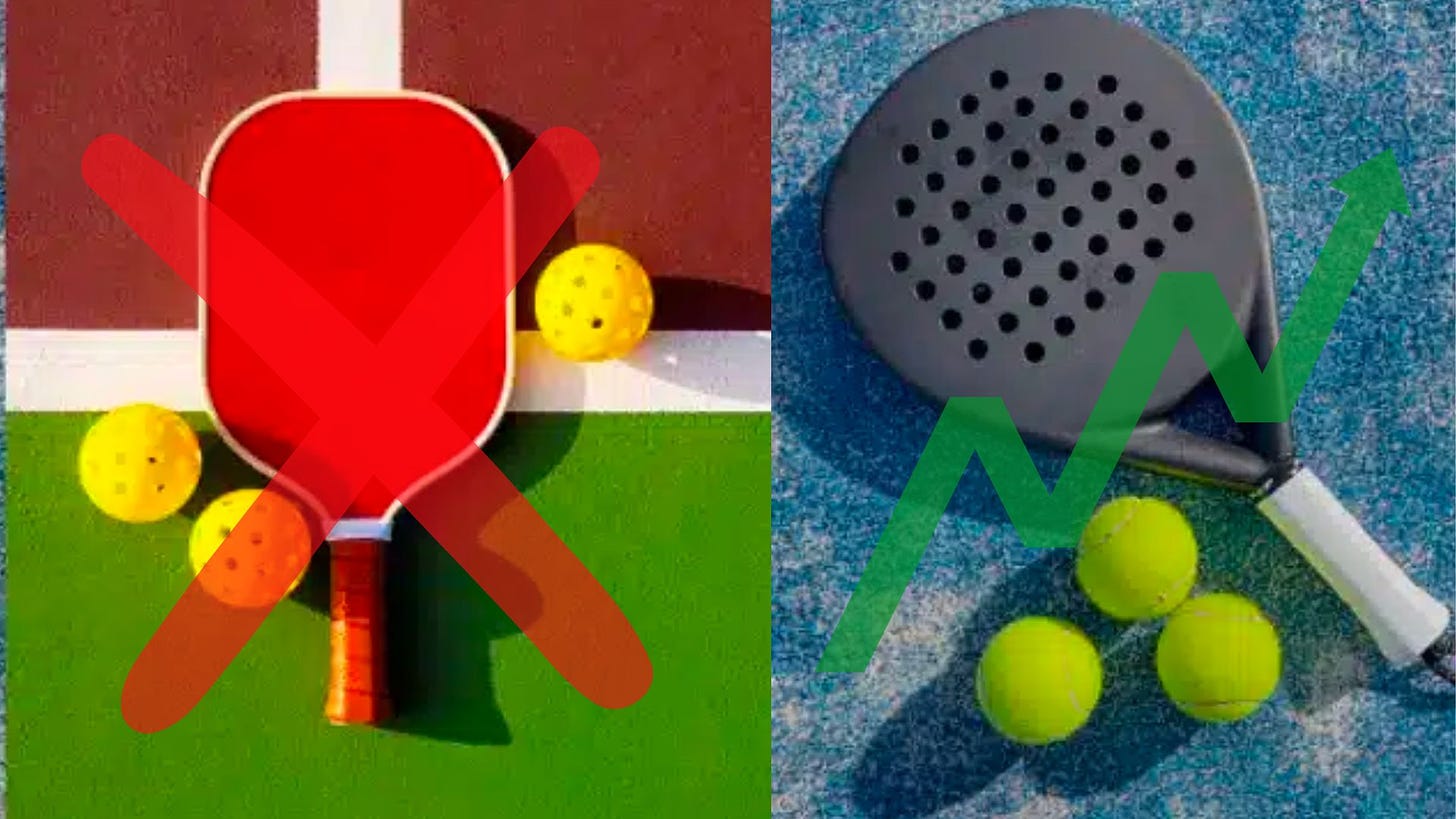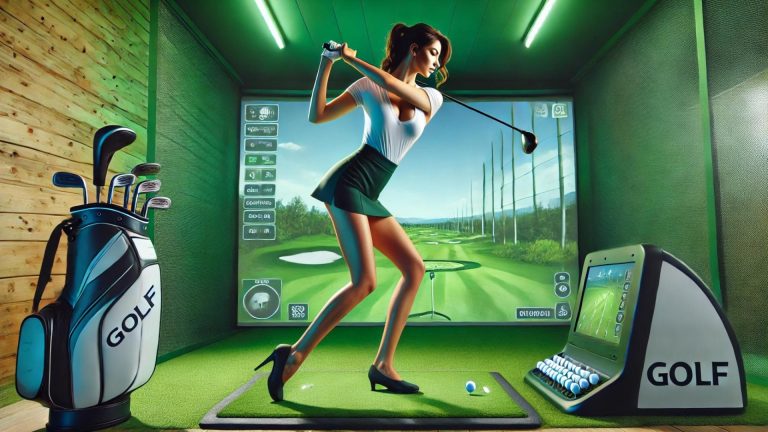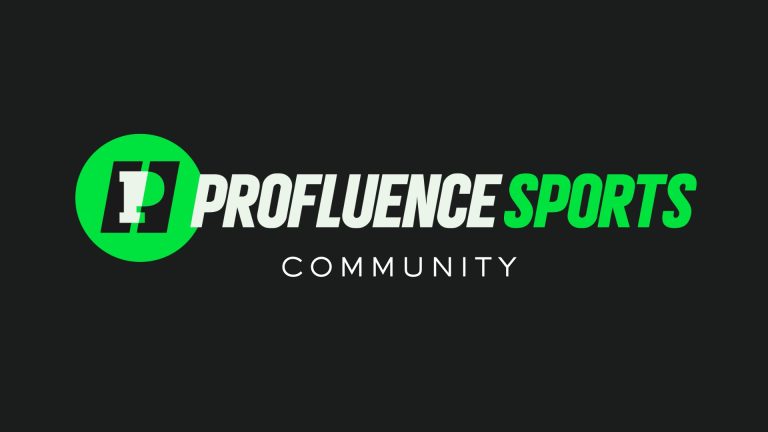While pro pickleball is in a battle between the MLP and PPA…
Padel is slowly starting to creep into the United States.
Today I want to explore the following:
- padel market
- pickleball v. padel
- padel inv. opportunities
- and much more
Let’s Dive In 👇
What is Padel?
Padel is a cross between tennis and squash.
It is played with tennis rules, scoring, and a slightly smaller court — however, like squash, it has a glass wall in the back.

Some other things to note about Padel:
- Fast-paced like tennis, with less range to travel.
- Generally more athletic, addictive, and expensive to play than pickleball.
- The sport is easy to pick up but harder to master.
How do you pronounce it?
I think “pah-dell” should be the standard, but you’ll also hear it called “paddle” — which can be confused with the American winter racquet sport.
Padel Market
We’ll divide this between the United States, Europe, and global.
Europe:
- 37,000 courts and growing 22% CAGR
- Huge in Spain and Sweden, reportedly more padel players than tennis players in those countries

Europe is the current epicenter of the Padel world.
United States:
- 300 courts, projected to double over the next year
- In Pennsylvania, for example, there are only 4 total courts
- The number of players isn’t tracked yet as it’s still too small
The United States has a minimal presence in Padel (hence the opportunity).
Globally:
Recent data shows over 25 million Padel players worldwide ranging from ~100 different countries.

Padel is reported as being a $2 billion market — but it’s fragmented due to its newness making good data hard to come by.
The International Padel Federation (FIP) rankings have the top 73/100 male players and 72/100 female players as Spanish. 🇪🇸
The Padel Landscape
While there are many different verticals, the two most overarching are leagues and grassroots.
Pro Leagues
Globally there is a successful league called the World Padel Tour.
And get this…
The Qatar Sports Investment fund just purchased it for millions.

In the United States you’ll find a brand new entity in the Pro Padel League (PPL).
There are soon to be 10 teams, with ~8 players on each one. The first season aired last year but did not attract much attention.
Leagues make the majority of their money through media rights, expansion fees, sponsorships, and tickets.
Grassroots
A lot of the opportunities lie in Padel clubs (as mentioned there are only 300 courts in the States as of this writing).
A few tidbits on padel courts/clubs:
- range from $1M-$7M to construct
- need to be private as municipal courts aren’t feasible at the moment
- $100-200/hr are common rates to rent courts ($25-50/person)

It’s hard to find space in expensive real estate markets like NYC, Chicago, and Los Angeles.
As Padel grows in popularity — ancillary markets such as apparel, merchandise, and other niche opportunities will increase as well.
Pickleball v. Padel Pro Leagues
I don’t see the appeal in pickleball sustaining as a watchable media asset.
- ESPN, Amazon, & CBS currently have TV deals
The most-watched pickleball match of all time was a celebrity event.

I believe pickleball went wrong in not storytelling around its athletes (think F1 and Netflix).
Having pro athletes and celebrities as owners was a nice initial boost — but may not be enough.
However, pickleball will continue growing as a grassroots sport and opportunity still exists in its infrastructure.
But Padel…
Not only will it appeal to grassroots players, but also on television.
Be Early To Padel, And Not Late To Pickleball
My second most popular briefing of all time was exactly one year ago “Pickleball: How to Profit Off America’s Fastest Growing Sport”.
At the time pickleball was still an attractive investment vehicle.
But now everyone knows about pickleball (which means you’re late to the party and most likely entering the market at the top).

However…
Padel is still extremely early and the market opportunity is abundant if you have access to the right deals.









